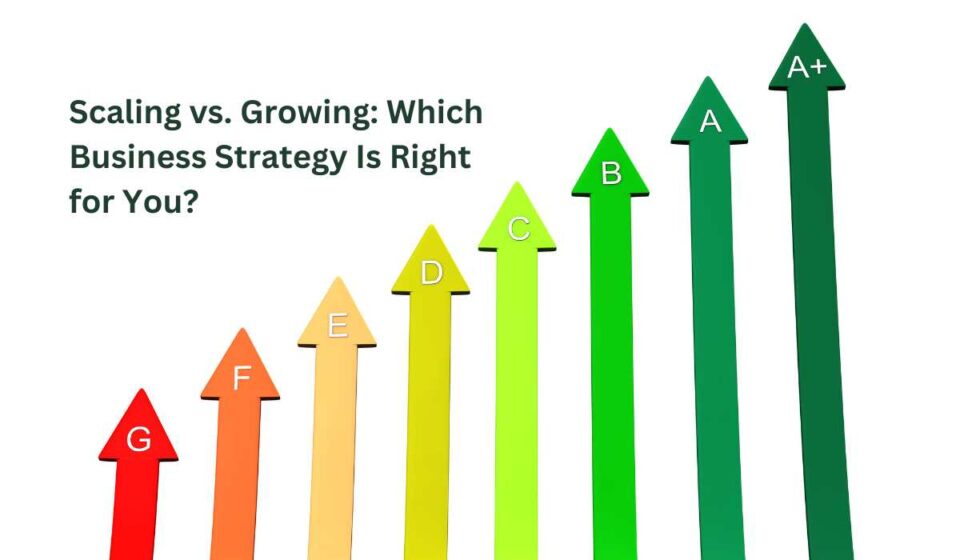Every business aspires to expand, but the approach to expansion can vary significantly. Two common strategies are growth and scaling, each with its own advantages and challenges. Growth typically involves increasing revenue by adding resources such as employees, infrastructure, or inventory, leading to higher costs. Scaling, on the other hand, focuses on increasing revenue at a faster rate than expenses, leveraging efficiency and technology to achieve more with fewer resources. Understanding these key differences can help businesses choose the right strategy for their specific goals.
Growth is a straightforward approach that involves adding more inputs—such as staff, locations, or products—to generate higher revenue. This method ensures steady progress but often comes with proportionally rising costs. While growth is essential in the early stages of a business, it can become costly and difficult to sustain over time. Businesses that prioritize growth must carefully manage resources to prevent financial strain and operational inefficiencies.
Scaling, in contrast, is about increasing revenue exponentially while keeping costs relatively low. It involves optimizing processes, automating tasks, and leveraging digital tools to maximize efficiency. Tech-driven startups and service-based businesses often focus on scaling to expand rapidly without significant cost increases. However, successful scaling requires strategic planning, a solid infrastructure, and the ability to maintain quality while handling higher demand.
Choosing between growth and scaling depends on the nature of your business, market conditions, and long-term objectives. If your industry relies on physical expansion, hiring more employees, or increasing inventory, a growth strategy may be necessary. If you aim to serve a larger audience without proportional cost increases, scaling is the ideal path. Many businesses find success by combining both strategies—starting with growth and transitioning to scaling as they mature.
Ultimately, the right strategy depends on your business model, financial resources, and long-term vision. While growth ensures steady expansion, scaling offers a more sustainable and profitable approach. By assessing your current capabilities and future goals, you can determine whether to focus on growth, scaling, or a balanced combination of both.


